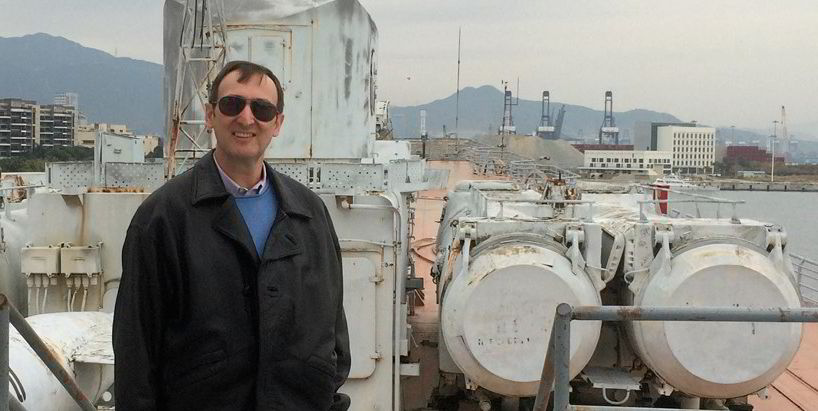Changing energy systems is not a simple matter. It was the headache the shipping world had been wrestling with up to IMO 2020 — and it is continuing this decade. The impending International Maritime Organization’s CO2 target for 2030 could require a current suezmax to reduce its emissions by about 25% relative to today. There is a struggle between aspirational regulation and hard realities.
This article is part of a series written by people across shipping in response to this question about how to deploy a hypothetical TradeWinds Sustainable Shipping Fund:
How, where and why would you invest $1bn for the best return in sustainable shipping, as the industry grapples with the need to cut carbon emissions, improve efficiency and keep cargoes moving in a world facing multiple economic and political challenges? The investment will be made now and ideally held for the next seven years to the end of the decade. As an added bonus, give one policy or regulation you would like to implement from 1 January 2023 to benefit shipping?
Net-zero cannot be delivered without efficient carbon capture and storage (CCS) technology for ships. While in the early stages of commercial development, I would invest $1bn in onboard CCS for the best return in sustainable shipping for the next seven years.
Typically deployed in combination with a scrubber, an onboard CCS system collects a percentage of the CO2 from the exhaust stream and stores it in the onboard system to return CO2 from the exhaust gas back to the ship for storage. The stored CO2 can then be offloaded to shoreside facilities after entering port.
Carbon capture could become a popular choice in the early stages of maritime decarbonisation in the coming decades, while shipowners are wary of ordering new tonnage running on zero-carbon fuels. It could play an important role in a multi-pronged effort to meet the challenge of decarbonising the maritime sector.
This is a critical step in our decarbonisation journey and provides an important step forward. It is also regarded as a necessary technology to be deployed in conjunction with zero-carbon energy to reach the Intergovernmental Panel on Climate Change (IPCC)’s 1.5C scenario by 2050. It is also estimated that CCS can contribute to eliminating 14% to 17% of these emissions.
ABS chief executive Christopher Wiernicki said: “Carbon capture is going to be a key transformational technology for shipping to achieve net-zero emissions by 2050. It will be critical to addressing the challenge before us, which is the sheer gradient of the curve.”
Apart from the investment for vessels — other investments include loading and unloading facilities — temporary storage and liquefaction units are essential to the value chain. Additionally, investment in operational costs including labour, ship fuel, harbour fees and maintenance are needed. According to a report by the IPCC, optimal use of infrastructure and ships in the transportation cycle is crucial for the business case for CO2 shipping. In some cases, extra storage facilities are required to account for any potential disruption to the marine-based CO2 value chain.
The key challenge for the technology will be the medium to long-term investment and build-out of supply chain infrastructure to handle the captured carbon and either store it or deliver it to industries that can use the material as a feedstock.
Read more
- Surging newbuilding prices are the ‘new normal’, Mitsui OSK Lines’ Hashimoto tells TradeWinds forum
- TMI relaxing investment rules to get big Grindrod deal done
- D’Amico taps DSF and Tokyo Century for $39m tanker refinancing
- Japanese shipping giants call for help to decarbonise
- Concordia raises cash by buying back and then selling MR tanker duo




